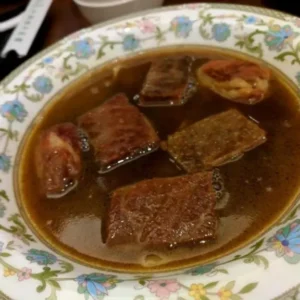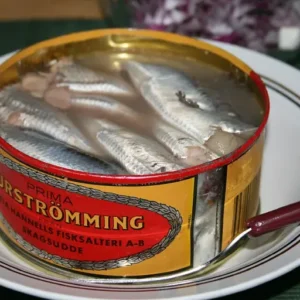Some people pinch their noses, while others enjoy it every day. Are you ready to try this unique dish?
Have you ever heard of natto? It’s a traditional Japanese food made from fermented soybeans. Because of its sticky texture, stringy consistency, and strong smell (which some might call unpleasant), natto is a dish that divides opinion. Yet, despite its challenging aroma, it’s considered highly nutritious and loved by many Japanese who eat it regularly.
Let’s take a closer look at what natto is, the different types available, and how to enjoy it the Japanese way.
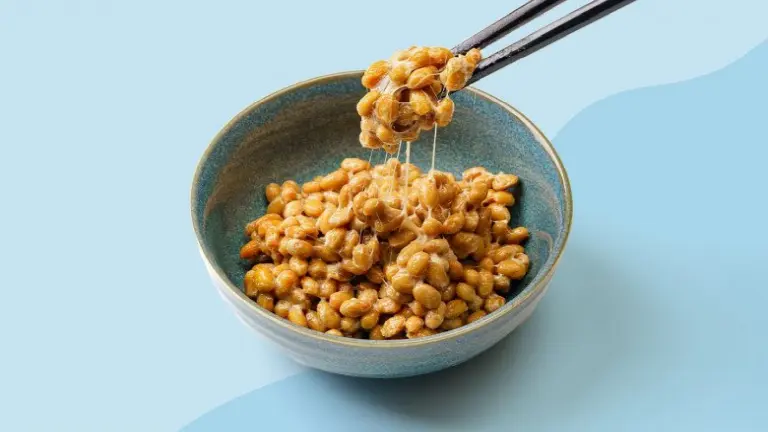
>> Just rice and pickled plum, yet this bento box costs $7 and still sells out
What is Natto?
Natto is a fermented food made by fermenting soybeans with a bacterium called Bacillus subtilis.
According to ancient stories, natto may have been invented as far back as the 10th century BCE to the 3rd century CE. By the Edo period (1603–1868), it was being sold commercially and eventually became a staple in Japanese breakfasts.
Today, you can buy a pack of three natto servings for around 100 yen (about 16,000 VND) at supermarkets or convenience stores in Japan. It’s rich in protein, dietary fiber, and Vitamin K, making it a favorite “superfood.” However, its strong, fermented smell means people either love it—or avoid it entirely.
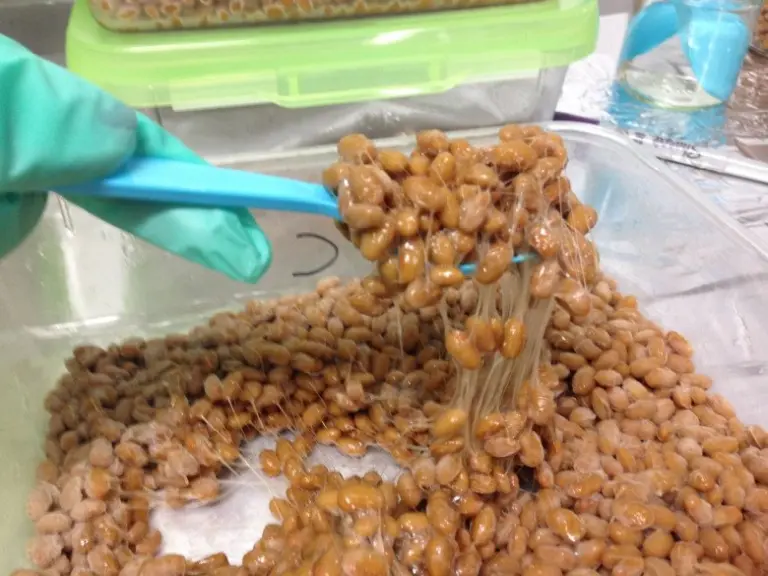
Types of Natto
Natto comes in a few varieties, often based on the size of the soybeans and preparation methods. You’ll find large, medium, or small bean natto, and even cup-packaged natto for easier eating.
One well-known variety is hikiwari natto, made by chopping the soybeans before fermenting, giving it a slightly different texture.
>> A sparkling blue ocean bottle: A one-of-a-kind dessert in Japan
How to Eat Natto
- Open the pack and take out the special sauce and Japanese mustard provided.
- Stir the natto with chopsticks until it becomes sticky and stringy. The more you stir, the better it tastes.
- Add the sauce and mustard, then mix again.
- Enjoy it with rice—or try it with bread, pasta, or even on its own.
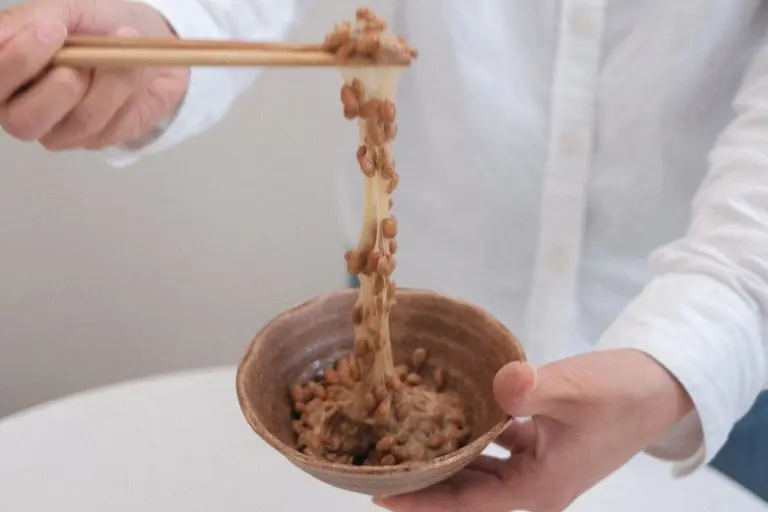
What to Eat with Natto
If you’re sensitive to the smell, pairing natto with other ingredients can balance the flavor. Common toppings include:
- Chopped green onions
- Katsuobushi (dried bonito flakes)
- Kimchi
- Raw egg (or just the yolk) – though if raw eggs aren’t your thing, a fried egg works too
Other creative toppings include wasabi, cheese, mayonnaise, seaweed, shiso leaves, umeboshi (pickled plums), black pepper, or even tuna.
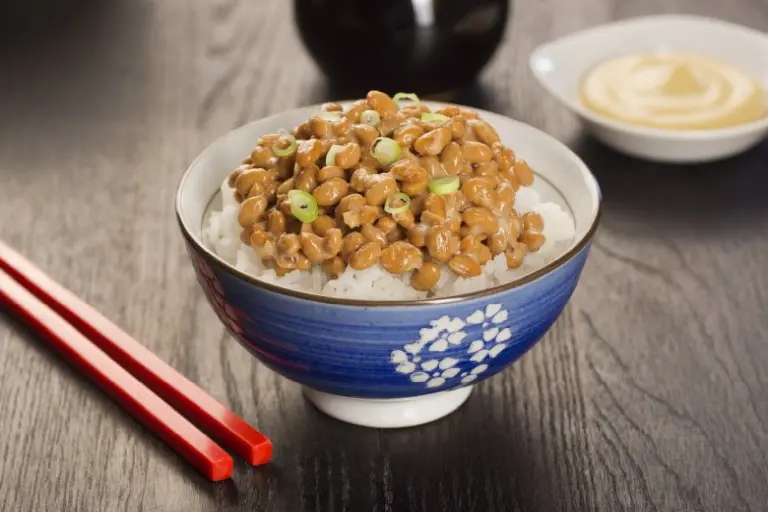
>> The dish that once “Chased Guests Away” has now become a symbol of Japanese cuisine
Some people prefer replacing the provided sauce and mustard with soy sauce, then mixing in their favorite toppings. Finding the right combination can transform natto into a surprisingly delicious experience!


